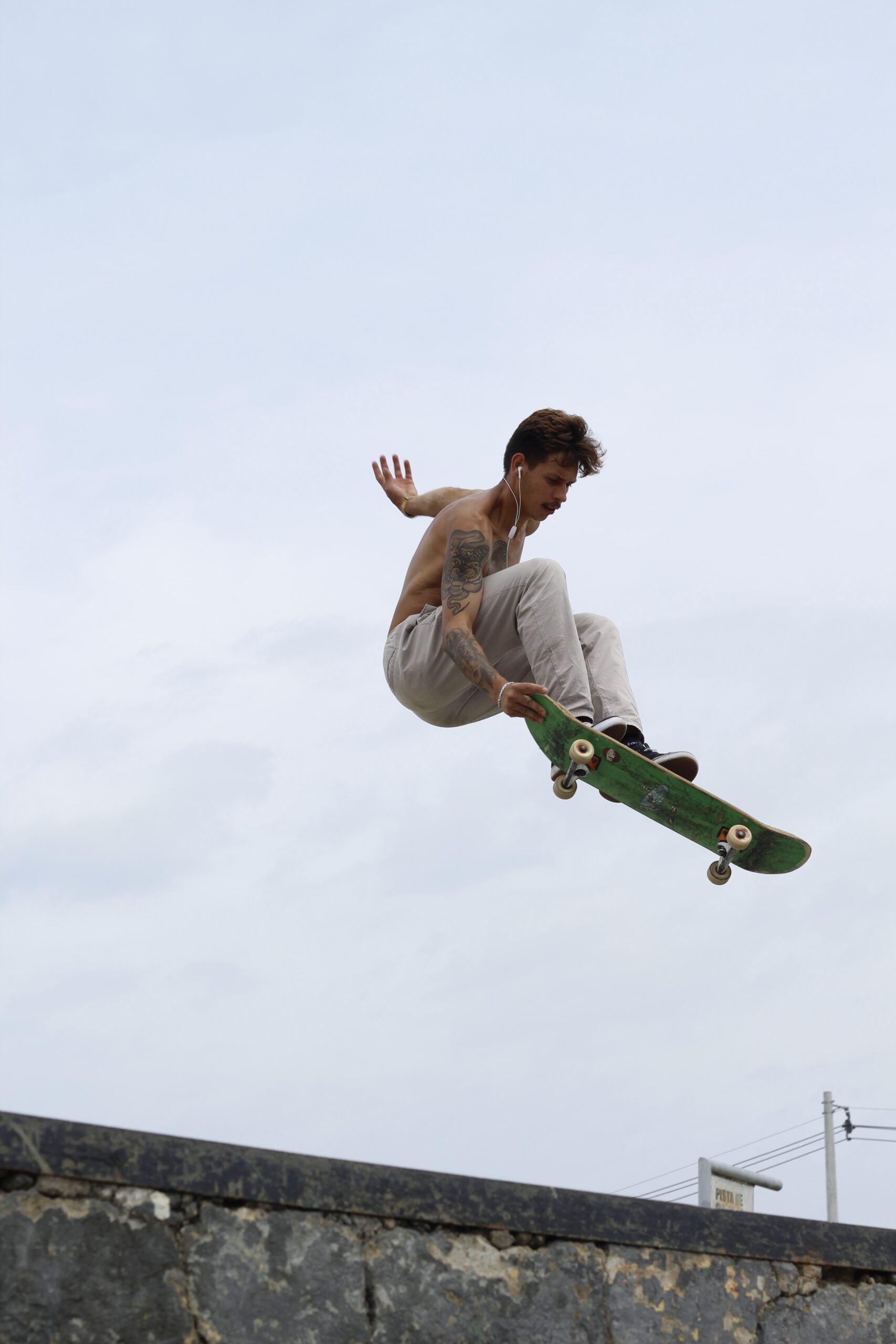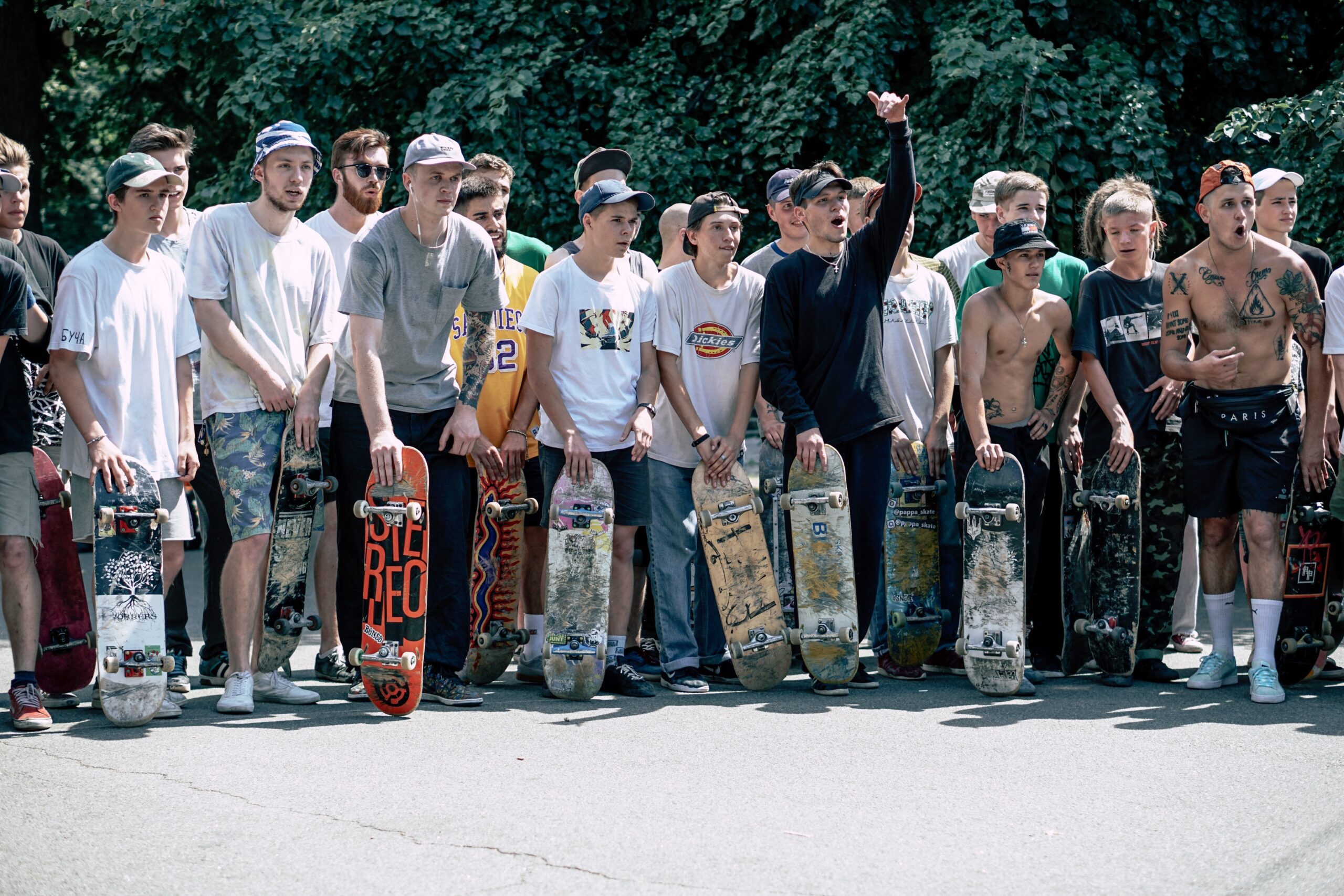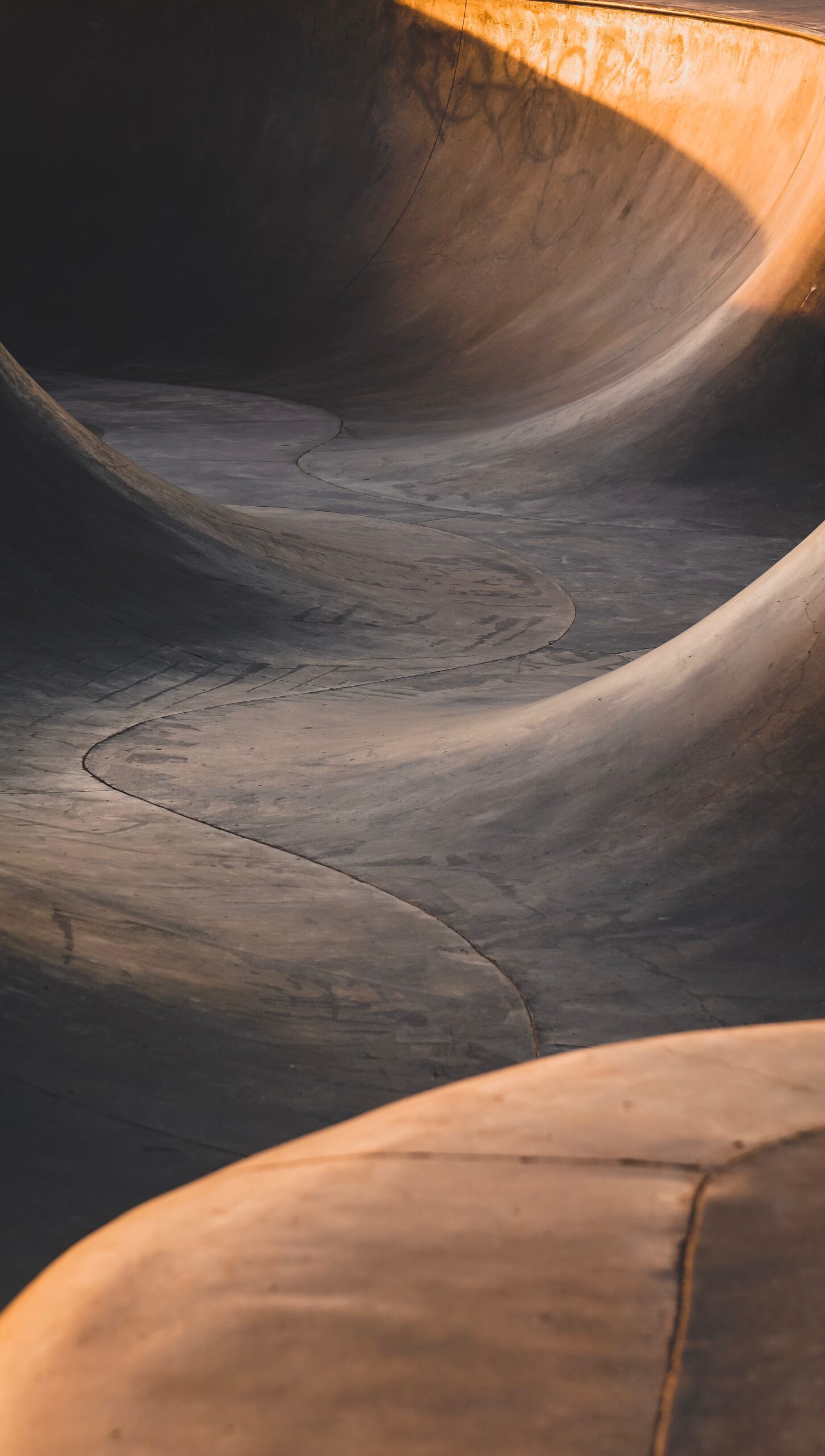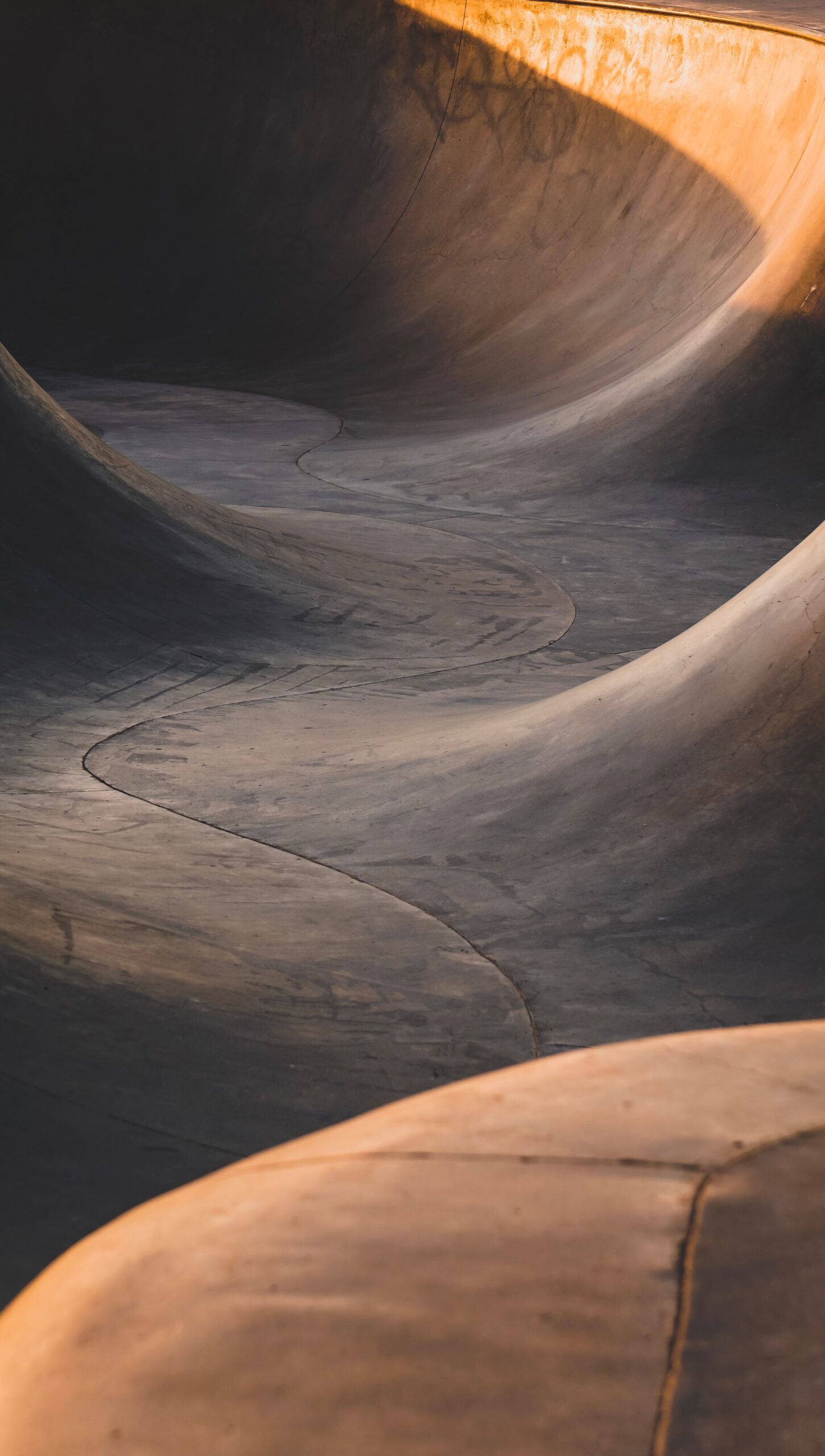Skateboarding is all about the thrill of pushing your limits and conquering new challenges. But with so many different skate park features to navigate, it can be overwhelming to know how to adjust and adapt your approach. Whether it’s a steep ramp, a complicated rail, or a tricky set of stairs, mastering these features requires a combination of skill, confidence, and creativity. In this article, we will explore various strategies and techniques to help you seamlessly adjust to different skate park features and elevate your skateboarding game to new heights. So grab your board, put on your helmet, and get ready to conquer the skate park like a pro!

Choosing the Right Skate Park
Skateboarding is all about having fun and pushing your limits, but choosing the right skate park can greatly enhance your experience. Understanding skate park features is crucial in finding a park that matches your skills and preferences.
Understanding Skate Park Features
Skate parks are designed with various features to cater to different styles and skill levels. From ramps and bowls to rails and ledges, each feature offers its unique challenges and opportunities. Understanding these features will help you make an informed decision when choosing a skate park.
Identifying Strengths and Weaknesses
Consider your strengths and weaknesses as a skateboarder. Are you comfortable with high-speed transitions, or do you excel at technical tricks on rails? Identifying your strengths will guide you in choosing a skate park that aligns with your abilities, allowing you to make the most of your sessions.
Considering Personal Style
Your personal style of skateboarding plays a significant role in selecting a skate park. Are you more inclined towards smooth flowing lines or technical street-style tricks? Finding a skate park that aligns with your style will ensure that your sessions are enjoyable and rewarding.
Adapting to Different Obstacles
Skate parks are loaded with a diverse range of obstacles, each demanding its own approach and technique. Adapting to these obstacles will help you broaden your skateboarding skills and improve your overall ability to tackle different challenges.
Understanding Different Types of Obstacles
Different obstacles require different approaches. Whether it’s mastering ramps, rails, ledges, stairs, or gaps, understanding the characteristics of each obstacle will allow you to adapt your approach accordingly.
Analyzing the Size and Shape
The size and shape of an obstacle greatly influence the difficulty level and the kind of tricks you can perform. Larger obstacles may require more speed and power, while smaller obstacles allow for more precision and technical tricks. Analyzing the size and shape of an obstacle before attempting a trick will help you adjust your technique.
Adjusting Technique and Speed
Each obstacle demands a specific technique and speed. For example, grinding a rail requires balance, while clearing a set of stairs requires control and timing. Being able to adjust your technique and speed to match the obstacle will increase your chances of success.
Transitioning on Ramps and Bowls
Ramps and bowls serve as the heart of many skate parks. Transition skating, characterized by smooth flowing lines and high-speed turns, is a crucial skill for any skateboarder looking to conquer these features.
Understanding Transitions
Transitions refer to the curved surfaces found in ramps and bowls. These curved areas allow skateboarders to flow seamlessly from one side to another, maintaining speed and momentum. Understanding how transitions work is essential for executing tricks and lines on ramps and bowls.
Analyzing the Curve and Transition Angle
The curve and transition angle of a ramp or bowl greatly affect the way it rides. Shallower transitions offer a smoother ride and are ideal for beginners, while steeper transitions provide more opportunities for aerial maneuvers and technical tricks. Analyzing the curve and transition angle will help you determine the best approach.
Choosing the Right Speed and Approach
Speed is crucial when transitioning on ramps and bowls. Too much speed can result in loss of control, while too little speed can hinder your ability to clear obstacles. Choosing the right speed and approach is a balance between maintaining control and generating enough momentum to execute tricks.
Grinding on Rails and Ledges
Grinding on rails and ledges is a fundamental skill for street-style skateboarding. Being able to maintain balance and control while sliding or grinding on these features adds an exciting element to your skate park experience.
Understanding Different Rail and Ledge Types
Rails and ledges come in various shapes and sizes, each offering different challenges. Flat rails, handrails, kinked rails, and low or high ledges each require a specific approach and technique. Understanding the characteristics of different rail and ledge types will help you adapt your tricks accordingly.
Analyzing the Height and Length
The height and length of a rail or ledge determine the techniques you can execute on them. For instance, higher rails may require more pop and precision, while longer ledges offer more opportunities for technical combos. Analyzing the height and length of rails and ledges will allow you to plan your tricks effectively.
Controlling Balance and Speed
Maintaining balance and controlling your speed are crucial for successful grinding. Proper weight distribution and body positioning will help you stay stable and in control. Additionally, adjusting your speed allows you to maintain control while grinding and execute tricks with precision.

Managing Stairs and Gaps
Stairs and gaps present their unique challenges and require a combination of technique, power, and precision. Mastering these obstacles allows skaters to showcase their skills and add an extra level of excitement to their sessions.
Understanding Different Stair Sets and Gap Sizes
Stair sets come in various sizes, ranging from a few steps to multiple flights. Each stair set poses its own challenges, from coordinating your pop and timing to clearing the full set. Gaps refer to the distance between two obstacles, testing your ability to generate enough speed and airtime to clear the gap successfully.
Analyzing the Number of Stairs and Distance
Analyzing the number of stairs in a set and the distance of a gap is crucial for planning your approach. Longer stair sets require more power and precision, while larger gaps demand more speed and airtime. Proper analysis allows you to determine the right amount of pop and timing needed for a successful ride.
Adjusting Pop and Timing
Controlling your pop, the motion of snapping your board to generate lift, and timing your tricks is essential when clearing stairs and gaps. Adjusting the amount of pop and timing gives you the necessary height and distance to clear the obstacles. Practice and experimentation will help you find the right technique for various stair sets and gaps.
Coping with Concrete Bowls
Concrete bowls offer a unique and challenging skateboarding experience. The combination of deep transitions, steep walls, and constantly changing lines requires technical skills and a good sense of speed and control.
Understanding Different Bowl Shapes
Concrete bowls come in various shapes, such as kidney, snake, or clover, each presenting its own set of challenges. The curves and pockets in these bowls demand precise carving and turning skills to maintain momentum and fluidity.
Analyzing the Depth and Transition
Analyzing the depth and transition of a concrete bowl is crucial for understanding how it will ride. Deeper bowls allow for higher speeds and more challenging tricks, while shallower bowls are ideal for beginners. The transition, or the curve where the flat bottom meets the vertical wall, affects how you approach and maneuver within the bowl.
Controlling Speed and Line
Controlling speed and finding the right line within a concrete bowl are essential skills. Maintaining a good speed allows you to flow from one side of the bowl to another while executing tricks. Finding the right line involves understanding the curves and transitions of the bowl and effectively utilizing the features for line transitions and trick combinations.

Riding Street-style Obstacles
Street-style skateboarding is all about adapting tricks to the urban environment. Understanding different street-style obstacles and adapting your tricks accordingly will allow you to explore and conquer a wide range of skate spots.
Understanding Different Street Obstacles
Street obstacles include stairs, handrails, ledges, banks, and many more. Each obstacle presents its own challenges, requiring specific techniques and approaches. Understanding the characteristics and nuances of street obstacles will help you adapt your tricks to the environment.
Analyzing the Construction and Material
The construction and material of street obstacles greatly affect how they ride. For example, metal handrails offer a different grinding experience than concrete ledges. Analyzing the construction and material allows you to determine the right amount of speed, balance, and control needed for executing tricks on different street-style obstacles.
Adapting Tricks to the Environment
Adapting your tricks to the environment is crucial when riding street-style obstacles. The layout and features of a skate spot may require modifications to your usual tricks. Being able to adapt and experiment with different approaches and techniques will help you navigate and conquer various street-style obstacles.
Transitioning from Park to Park
Skate parks differ in size, layout, and obstacle selection. Transitioning from one park to another can be both exciting and challenging. Understanding the differences between parks and preparing mentally for new challenges will enhance your ability to adapt and learn.
Recognizing Differences in Parks
Each skate park has its own unique characteristics, including obstacle sizes and arrangement, type of terrain, and overall design. Recognizing the differences between parks allows you to plan and adapt your approach accordingly. Whether it’s adjusting to larger transitions or unfamiliar obstacles, being aware of these differences will help you transition seamlessly.
Preparing Mentally for New Challenges
Transitioning from park to park can introduce new challenges and unfamiliar terrain. Preparing yourself mentally by embracing these challenges and having a positive mindset will increase your confidence and willingness to try new tricks. Remember that every skate park offers an opportunity to learn and grow as a skateboarder.
Experimenting and Learning
Transitioning from park to park provides an excellent opportunity to experiment with new obstacles and learn from different skateboarding communities. Embrace the chance to ride different features, watch other skaters, and engage with the local scene. By being open to new experiences, you can expand your skills and cultivate a well-rounded approach to skateboarding.

Learning from Others
Skateboarding is a community-centered activity, and learning from others is a key aspect of growth and progression. By observing skaters with similar styles, seeking advice from experienced skaters, and participating in skate park sessions and events, you can enhance your techniques and broaden your understanding of skateboarding.
Observing Skaters with Similar Styles
By observing skaters with similar styles, you can gain inspiration and learn new tricks. Watch how they approach different obstacles, their body positioning, and their overall style. Observing successful skateboarders can provide valuable insights and techniques to incorporate into your own skating.
Seeking Advice and Tips from Experienced Skaters
Experienced skaters have a wealth of knowledge to share. Don’t hesitate to ask for advice and tips from those who have mastered various skate park features. They can provide guidance on technique, line selection, or even equipment recommendations. Learning from experienced skaters can help you overcome obstacles and progress in your skateboarding journey.
Participating in Skate Park Sessions and Events
Participating in skate park sessions and events creates a supportive and collaborative environment where you can learn from others. Whether it’s a group skate session or a skateboarding competition, these events allow you to interact with fellow skaters, exchange tricks and tips, and challenge yourself in a friendly and encouraging atmosphere.
Safety Considerations
While skateboarding is thrilling, it’s vital to prioritize safety and minimize risks. By wearing protective gear, assessing and minimizing potential risks, and listening to your body, you can ensure a safe and enjoyable skate park experience.
Wearing Protective Gear
Protective gear, including helmets, knee pads, elbow pads, and wrist guards, is essential for preventing injuries. Wearing the appropriate gear protects you from potential falls and provides peace of mind while pushing your limits. Invest in high-quality protective gear and make it a habit to wear it every time you step on your skateboard.
Assessing and Minimizing Risks
Before attempting a trick or riding an obstacle, assess the potential risks involved. Look for any hazards, such as loose debris, uneven surfaces, or crowded areas, and take necessary precautions. Minimize risks by ensuring that the skate park is in good condition, understanding your abilities and limits, and choosing the appropriate level of difficulty for your skill level.
Listening to Your Body and Taking Breaks
Skateboarding can be physically demanding, and it’s essential to listen to your body and take breaks when needed. Recognize signs of fatigue, muscle soreness, or any discomfort and give yourself time to rest and recover. Pushing through pain or exhaustion can lead to accidents and injuries. Remember, skateboarding is a marathon, not a sprint, and taking care of your body is essential for long-term enjoyment and progress.
In conclusion, choosing the right skate park, adapting to different obstacles, and understanding the nuances of each feature play a crucial role in enhancing your skateboarding experience. By analyzing and adjusting your technique, speed, and approach, you can overcome various obstacles, from ramps and rails to stairs and bowls. Transitioning between different parks, learning from others, and ensuring safety considerations further contribute to your growth and enjoyment as a skateboarder. Embrace the challenge, embrace the community, and most importantly, have fun as you navigate the vibrant world of skateboarding.


